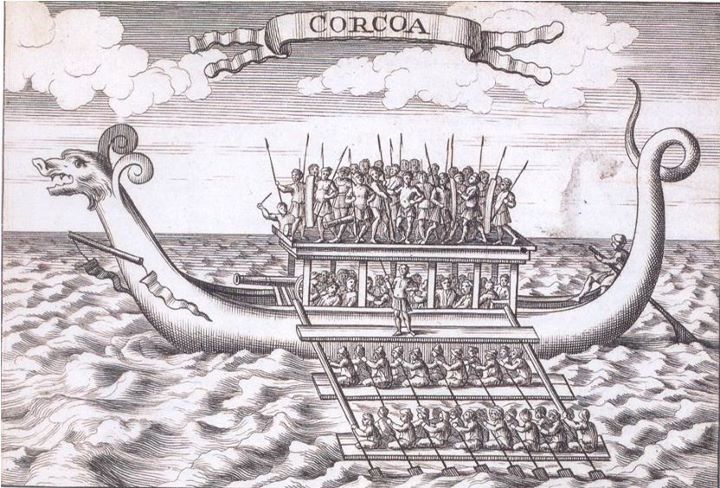THE Office of the Chairperson of the International Coordinating Committee (ICC) of the International League of Peoples' Struggle endorses the statement below which has been issued by ICC members in the US on November 17, 2011. We call on all ILPS national chapters and member-organizations throughout the world to circulate this statement and undertake further statements and actions to support the Occupy Movement in the US. Thank you.
KEEP IT IN THE STREETS! INTENSIFY THE FIGHT!
 | ||
| Dismantled Occupy Oakland Camp (RT.com photo) |
TO OCCUPY IS THE PEOPLE’S RIGHT!
In Oakland and New York City, in Denver and Portland and Chapel Hill, N.C., the 1 percent sent their gun thugs to destroy the Occupy Movement. They want to scare us off the streets and back into the ballot box, beat us back into the good-cop, bad-cop game of the corporate-run Republican and Democratic parties. But behind the façade of electoral politics, the unelected tyrants on Wall Street continue to rule the country. It is they, not the people, who tell the politicians what to do.
The cowardly attacks by Wall Street’s mercenaries in blue were coordinated with the Department of Homeland Security and the Federal Bureau of Investigation. That’s the same FBI whose COINTELPRO program murdered dozens of Black, Latino and Native activists in the ‘60s and ‘70s.
WHEN THE ENEMY ATTACKS YOU, YOU’RE DONG SOMETHING RIGHT
Along with their cops, the 1 percent have unleashed their media. “Enough,” say the billionaire-owned papers and TV stations. “You’ve made your point. Now go home and leave things to the politicians. You’re only the people. What do you think this is, a democracy?” But when the enemy attacks you, you know you’re doing the right thing.
HAS CORPORATE AMERICA STOPPED ATTACKING THE WORKING CLASS
Have the 1 percent stopped laying us off and attacking our wages and benefits? Have they stopped evicting us and foreclosing on our homes? Have they stopped firing teachers and bus drivers and hospital workers while they hoard trillions of dollars that we produced? Have they stopped plotting to gut our Social Security and Medicare and Medicaid, our Postal Service, our schools and hospitals?
Have they stopped denying 30 million people the right to a decent job? Have they stopped denying millions the right to medical care. Have they stopped the mass incarceration of youth of color whose communities the banks and corporations have destroyed. Have they stopped waging bloody and unjust imperialist wars all over the world?
RT.com video on the first Occupy Wall Street fatality (she later had a miscarriage)
IF THERE IS NO STRUGGLE, THERE IS NO PROGRESS
The immortal words of Frederick Douglas are as true today as they were in 1857. Real change has never been made at the ballot box.
Look at the 1930s. How did we win Social Security and Medicare, the 8-hour day, unemployment insurance and the minimum wage, the right to retire and the right to organize, all the things they want to take away from us. Workers won these things by marching and striking, by occupying factories and physically blocking evictions, by shutting entire cities down.
Look at the 1960s. How did Black people win basic civil rights and overthrow the regime of legal segregation. By marches and boycotts, by sit-ins and rebellions in the streets. The right to vote was not won by voting.
These struggles were also victorious because they were part of a worldwide struggle against the power of monopoly capital.
POWER IS THE ONLY LANGUAGE THE 1 PERCENT UNDERSTAND
And we have power, the power to shut this country down! Oakland dockworkers, members of the International Longshore and Warehouse Union, showed the way when they shut the port down the port on Oct. 25 to protest the police assault on Occupy Oakland.
NO RETREAT, NO SURRENDER!
The 1 percent want to take everything we have left. They won’t stop unless we stop them!
Now is not the time to retreat! It is time to intensify the fight! To occupy streets and parks-and factories and schools and shopping malls and banks and stock exchanges! Workers created the wealth of this country! Bankers didn’t! CEOs didn’t! Cops didn’t!
THEY DENY US THE RIGHT TO A SECURE JOB, TO A HOME, TO HEALTH CARE, TO EDUCATION AND TO LIVE IN PEACE AND EQUALITY! WE HAVE A RIGHT TO TAKE WHAT IS OURS!
SAVE THE DATE! BUILDING A BRIGHT FUTURE FOR THE GLOBAL 99%! MON 12/5/11 6:30 PM
INTERNATIONAL ACTION CENTER - SOLIDARITY CENTER -55 W. 17 St., Suite 5C -
New York, NY 10011 - Suggested Donation: $5-10
(Reprinted with permission from Prof. Joma Sison)
____
Source:
ILPS CONDEMNS COORDINATED US POLICE ATTACKS, URGES THE PEOPLE TO INTENSIFY THE FIGHT. Joma Sison;'s wall. https://www.facebook.com/note.php?note_id=10150541180623066
Photo credit:
http://rt.com/usa/news/occupy-oakland-camp-dismantled-305/
 Reposts are licensed to the respective authors. Otherwise, posts by Jesusa Bernardo are licensed under Creative Commons Attribution-NonCommercial-ShareAlike 3.0 Philippines.
Reposts are licensed to the respective authors. Otherwise, posts by Jesusa Bernardo are licensed under Creative Commons Attribution-NonCommercial-ShareAlike 3.0 Philippines.













